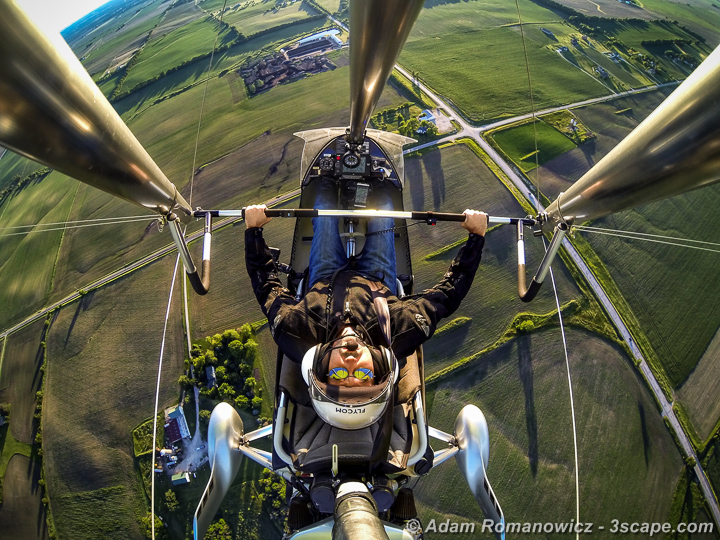
On a crystal clear evening in Grand Cayman, I was enjoying dinner with family and friends at an open-air restaurant. We sipped our drinks, talked about the day’s adventures, and marveled at the bright orange sky as the sun dipped below the horizon. As about always, I had my camera with me, ready to capture a spectacular sunset.
The scene was absolutely beautiful and full of color, but there were no clouds to add visual interest in the sky. Likewise, since I was sitting at dinner, I was unable to look around for an interesting foreground that didn’t consist of food or beverages.
Problem? Nope! This gave me the perfect opportunity to capture an abstract photograph using a long exposure panning technique. I set my camera to Shutter Priority mode and then experimented with a few different shutter speeds while panning across the scene.



Long exposure panning technique
Ready to try this style of abstract photography? I won’t say there are any rules to follow, but here’s the general technique and a few tips.
- Configure your camera with the proper settings. This will depend on the amount of light you’re working with, but generally I use Shutter Priority mode and ISO 100.
- Shutter speed will depend on available light and how fast you’re panning. Start with 1/10 sec or even slower, 0.3 sec.
- Plant your feet, and plan on rotating your body with your camera held steady (for horizontal pans).
- Aim at the horizon, start panning, then squeeze the shutter button. Follow through! Don’t stop panning until the shutter closes. You want to pan smoothly and keep your camera level.

A few other considerations:
- Avoid distractions that will end up as unsightly blobs (buildings, land forms, boats, etc.)
- Keep your sensor and lenses clean! Your camera will be set to a small aperture (f/16 or smaller), so any dust will be visible in the image.
- Rotate, don’t step… rough movements will result in messy pans.
- Verticals work the same way. Start low and rotate up, or vice versa.
- Long lenses will require a shorter pan and faster shutter speed than wide angle lenses.
That’s about all! The most important thing is to go out and experiment. Try different settings, horizontals, verticals, and various scenes.
Now go out and have some creative fun!

